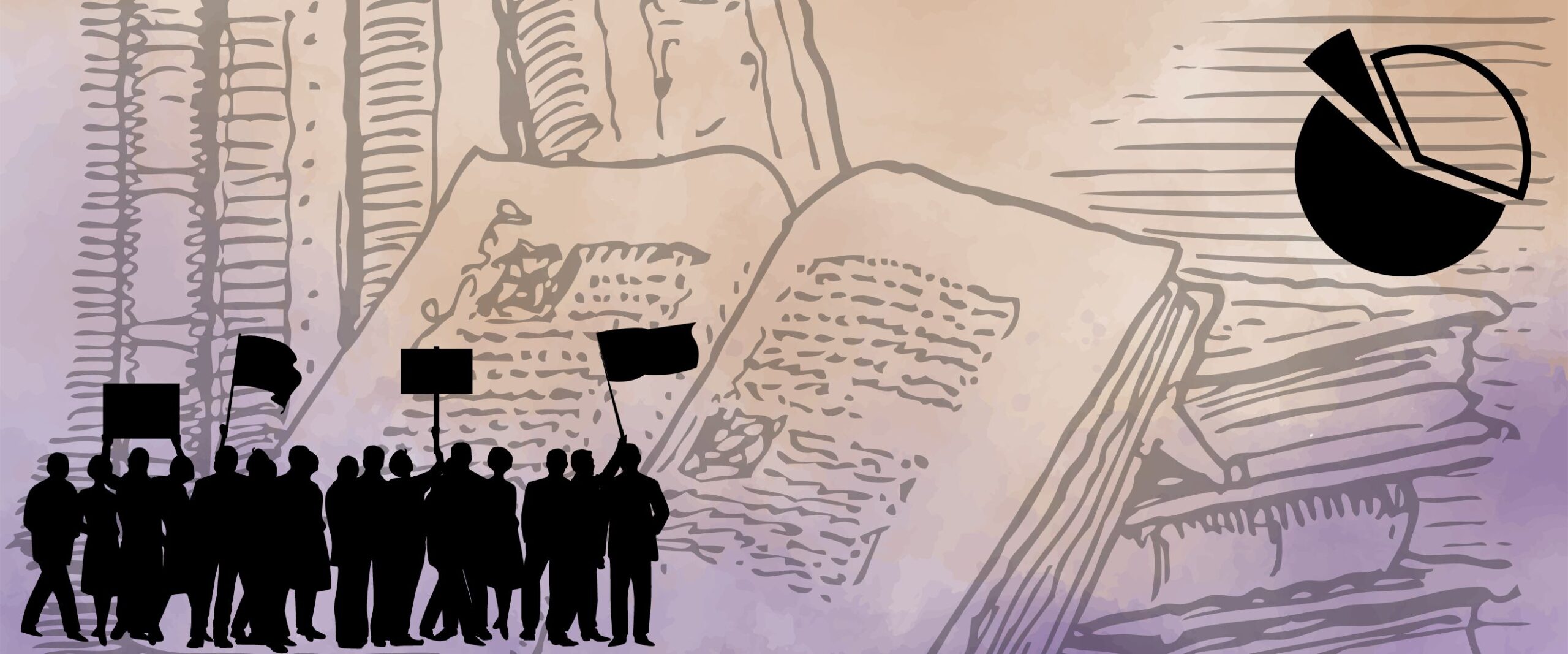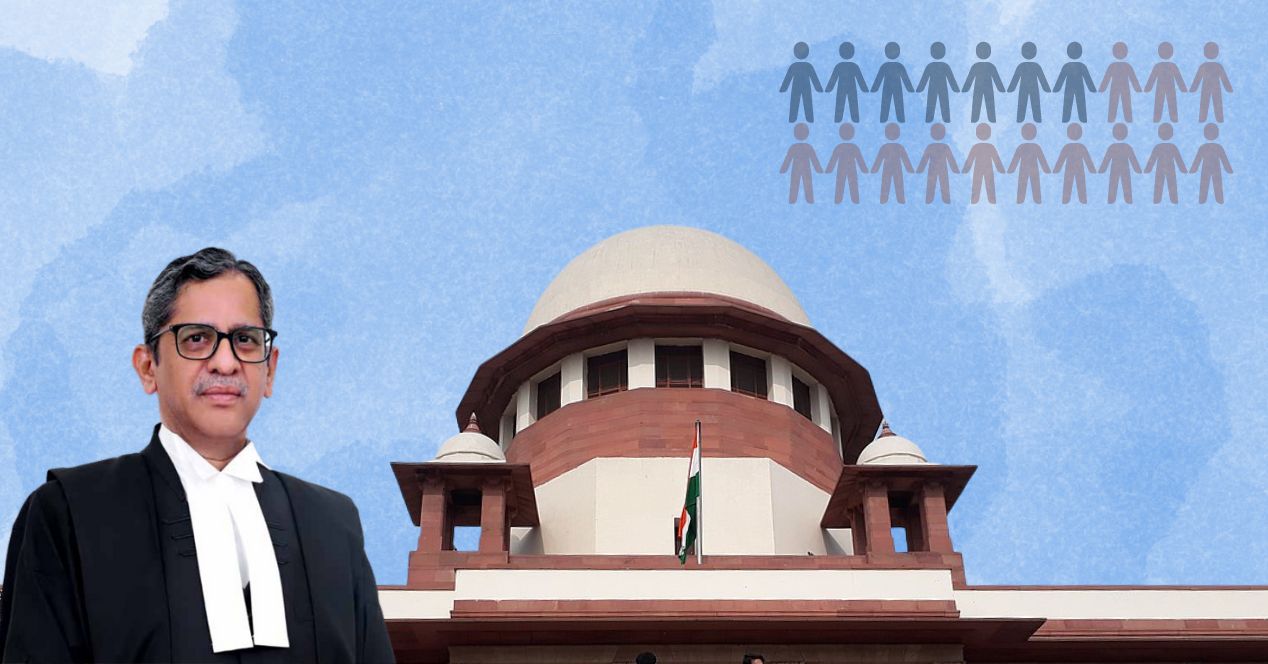Analysis
Five must-reads on sub-classification within reserved categories
A revisiting of the Chinnaiah judgement raises questions about sub-classification in reservations for Scheduled Castes

On 8 February 2024, a seven-judge Constitution Bench reserved judgement on the validity of sub-classification within reservations for Scheduled Castes (SC). Twenty years ago, the Court, in EV Chinnaiah v State of Andhra Pradesh, had declared that any subdivision of Scheduled Caste communities was impermissible since they formed one “homogenous” group under the Constitution. Chinnaiah is up for review in the present matter.
Dr B.R. Ambedkar, since his earliest writings, laid a particular emphasis on the “graded inequality” that the caste system created—on each step of the ladder, there would be communities that would oppress and communities that would be oppressed. “Even the low is a privileged class as compared with the lower,” he wrote.
Given this graded structure, some have consistently argued that reservations along broad community parameters as it exists today, are not good enough. It’s a line the petitioners, the media and some sitting judges have also taken in the present case.
But the issue of sub-classification is more complex. The prioritising of the oppressed among the oppressed needs to be seen alongside factors like the workability of reservations on the ground, and the persistence of caste discrimination despite economic mobility.
More broadly, there are questions on when exactly an oppressed group becomes emancipated enough, and who can decide that. In Indra Sawhney (1992), the Supreme Court granted the “creamy layer” exclusion within the Other Backward Classes (OBCs) category. The stance of the Court has been that the SC and ST categories did not need carve-outs and exclusions. But if anything is clear from the three days of hearings this month, many of these positions are no longer set in stone. (For detailed coverage of each day, read our hearing reports listed on our case page here.)
Here, we curate five readings exploring these dilemmas.
Intersectionality and Justice
Writing in 2020, shortly after the Court’s decision to refer the Chinnaiah judgement to a larger bench (State of Punjab v Davinder Singh), Gopal Guru raised some practical objections to sub-classification. Guru explains that the “stimuli” that enabled certain SC groups, like the Mahars of Maharashtra, to benefit from reservations slightly more quickly than others, was strong political mobilisation within these communities against caste injustice.
Gopal turns on its head the pro-sub-classification argument that the “privileged” within SC and STs prevent the most oppressed from benefiting from reservations. Instead, he asks whether sub-classification would not open the floodgates for endless claims of “most oppressed”, and the creation of new “privileged” groups again and again. He also argues that sub-classification cannot be a filler for the government’s incapacity to provide educational and social upliftment to Dalit communities.
Limited Imagination on Reservation
Also written in the backdrop of the Davinder Singh reference in 2020, and following from his thesis on the subject, Anup Surendranath criticises sub-classification as an exercise that dilutes the distinctions between SC and OBC groups. He agrees that the Chinnaiah decision was obviously “erroneous” since it erased intra-group stratifications within Dalits, but he does not buy the Supreme Court’s argument that mere economic mobility solves the “entrenched prejudice” against Dalits.
According to Surendranath, the “trajectory to bring constitutional treatment closer to each other” began with the Court’s decision in M. Nagaraj (2006) and was solidified in Jarnail Singh (2022), where the Court gave its express approval for the “creamy layer” as an exclusion criteria for SCs. He argues that the Davinder Singh reference “perpetuates the error in Jarnail Singh’s case.”
Surendranath contests this logic of the Court, arguing that the “nature of discrimination and exclusion” that SC communities face is fundamentally distinct from the OBC community’s experience and any approach to reservations must be informed by this distinction.
Mythologies of Merit
Gail Omvedt’s column, written a year after Chinnaiah, speaks about affirmative action decisions in the United States and their nuanced parallels with India. She notes that while in the US affirmative action judgements have focussed on “diversity” as the justifying factor, all reservation judgements in India are born from an interplay of “merit” and “social justice.”
According to Omvedt, this interplay is at the root of the “creamy layer” idea which began by allowing sub-classification within OBCs and slowly spread to “economic reservations” within upper castes. Omvedt criticises the “tendency to see all social issues in terms of…class discrimination.”
Sub-classification in Reservations – II
Writing immediately after the 2020 reference in Davinder Singh, scholar and advocate Abhinav Chandrachud argues that the judgement throws open many important questions on the implementation of reservations. These included issues around whether an executive order can bring about sub-classification (as was the case before Indra Sawhney) or if it requires legislation (as the 2020 order says). Chandrachud also challenges the finding of the Court that a higher-judge bench would be required to overrule Chinnaiah.
Quota within quota: When political promises hit a judicial wall
For decades, members of the Madiga community across Andhra Pradesh and Telangana have sought sub-quotas within SC reservations. They argue that the Malas have benefitted from better representation through reservations amongst the “historically untouchable” communities.
Siddhartha Fuller and Monalisa Nanda’s column explores how political parties at the regional level have contended with the sub-classification. They argue that the Chinnaiah decision has remained the single biggest obstacle to the “aspirations” of political parties to implement sub-classification—a demand of multiple SC communities across the country. Further, they also propose that sub-classification is a form of horizontal reservation, and it should therefore not be subject to judicial review.
Other resources:




